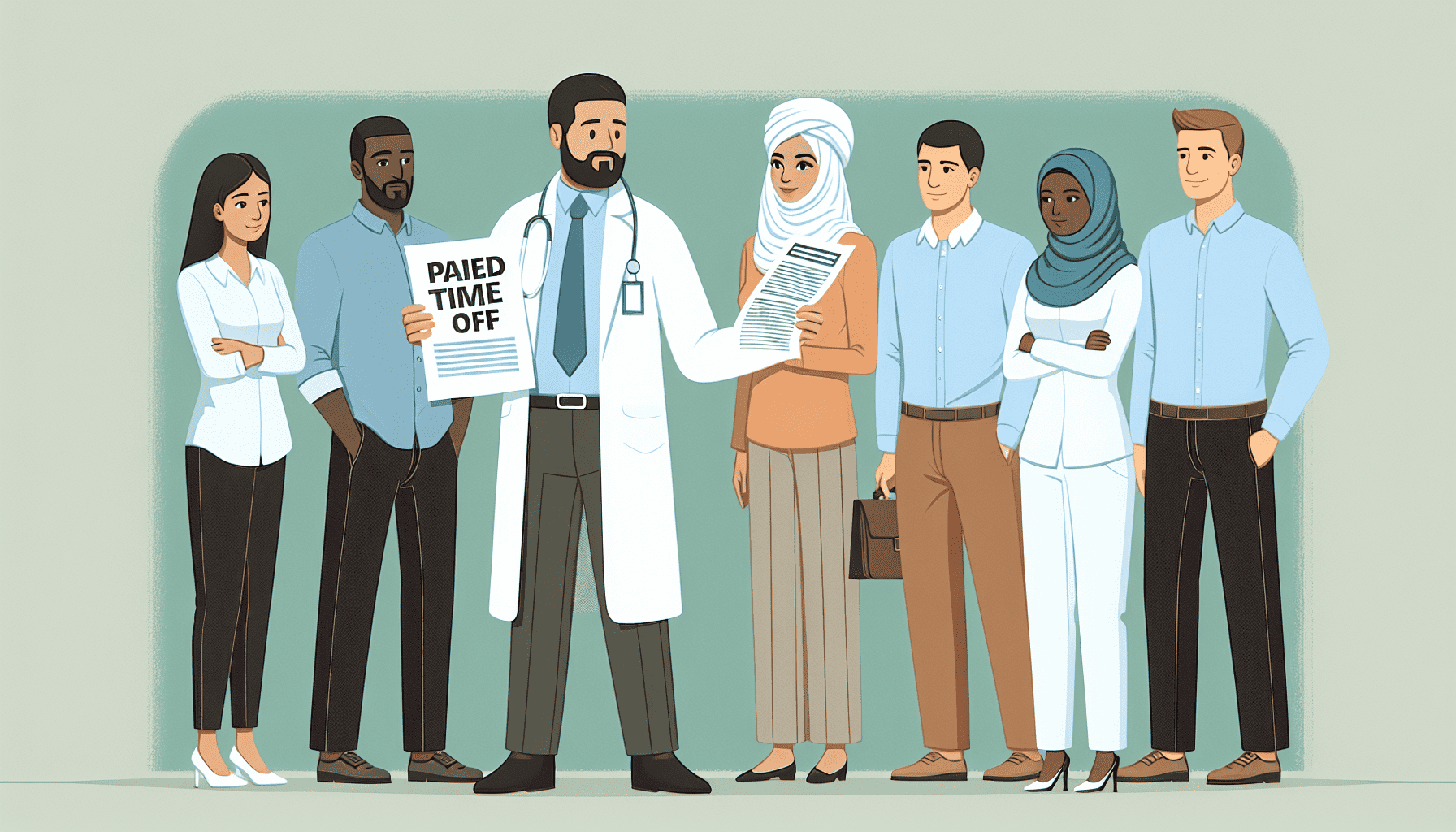Navigating the intricacies of paid leave can often be challenging, yet understanding it is essential for making the most of what is available to support your well-being and work-life balance. Knowing how to effectively apply for government-supported leave programs can alleviate stress and ensure that you receive the benefits you are entitled to.
What is Paid Leave?
Paid leave is an employment benefit that provides compensated time off for employees during various life events. This can include personal illness, family emergencies, the arrival of a new child, or even bereavement. Employers and governments offer these programs to support employees in balancing personal and professional responsibilities without sacrificing income.
Types of Paid Leave
-
Sick Leave: Allows employees to take time off when ill to promote recovery and prevent the spread of illness.
-
Parental Leave: Offered to parents after the birth or adoption of a child, with some jurisdictions providing both maternity and paternity leave.
-
Family and Medical Leave: Supports employees in caring for sick family members or themselves, covering serious health conditions.
-
Vacation Leave: Paid time off for rest and relaxation, contributing to overall well-being and job satisfaction.
-
Bereavement Leave: Provides time away from work to grieve the death of a family member or close friend.
Accessing Government-supported Leave Programs
-
Understand Eligibility: Government-supported leave programs have specific eligibility criteria that need to be met. These may include minimum periods of employment or a specific number of hours worked within a set timeframe. It's vital to check these conditions beforehand.
-
Gather Necessary Documentation: Documentation is crucial when applying for paid leave. This may include medical certificates for sick leave or adoption papers for parental leave. Ensure that all paperwork is current and clearly validated.
-
Follow Application Procedures: Familiarize yourself with the appropriate procedures for applying. This might involve submitting documents through specific online portals or directly to a human resources department within your organization.
-
Communicate with Your Employer: Open communication with your employer is essential when applying for leave. Ensure that your manager or HR department is informed of your plans and any potential impacts on the work schedule.
-
Maintain Records: Keep copies of all communications and submissions related to leave applications. This helps address any discrepancies that may arise.
Maximizing Your Leave Benefits
-
Plan Ahead: Whenever possible, plan for known leave, such as vacation or parental leave. Advance planning can help mitigate impacts on your workload and allow your employer to make necessary adjustments.
-
Understand Your Rights: Being aware of your rights regarding paid leave ensures you can confidently assert them when necessary.
-
Seek Support: For complex cases or if assistance is needed, reach out to human resource personnel or external advisors who specialize in labor rights and employment benefits.
Understanding the nuances of paid leave and efficiently navigating available government-supported programs can provide both financial support and peace of mind during life’s important moments. Ensuring compliance with application procedures and communicating appropriately with employers are key steps in reaping the full benefits of these valuable programs.
